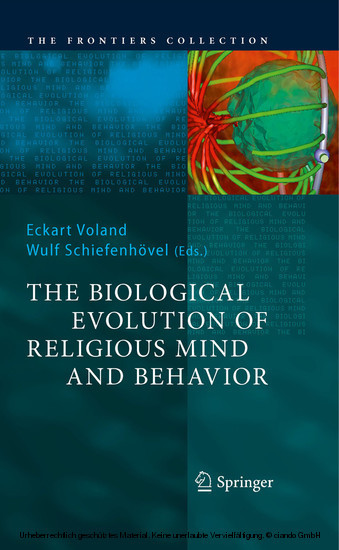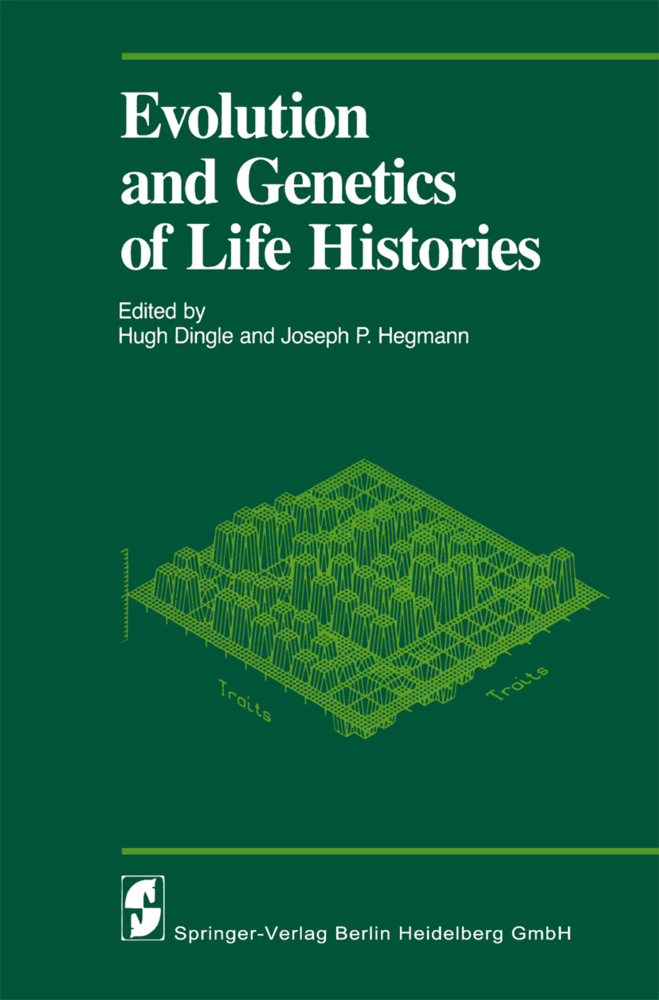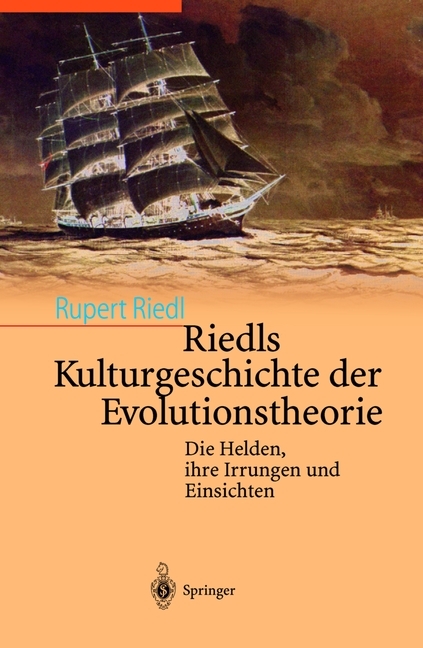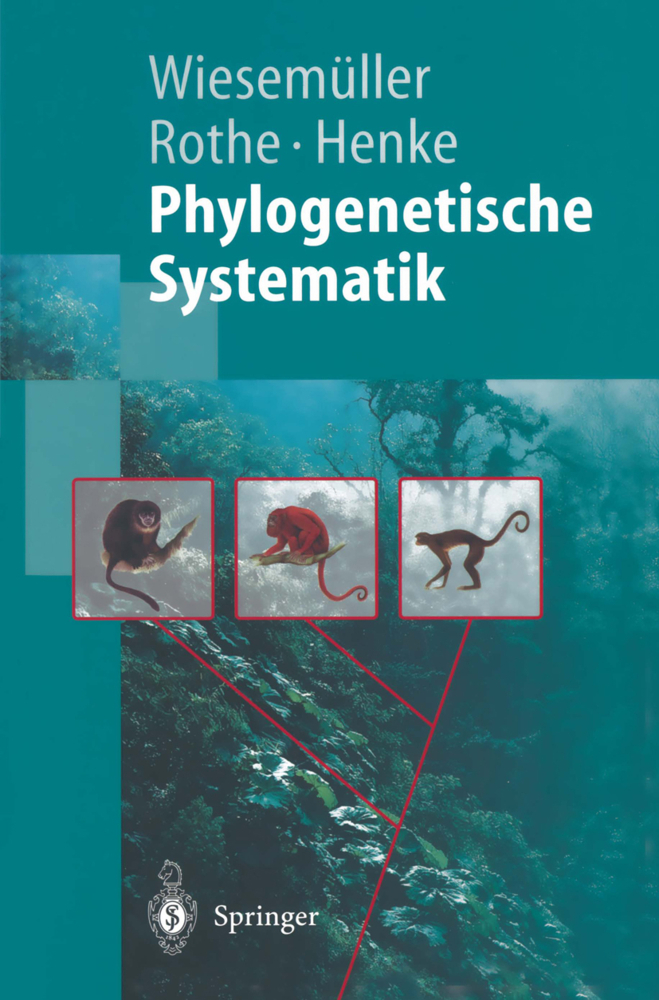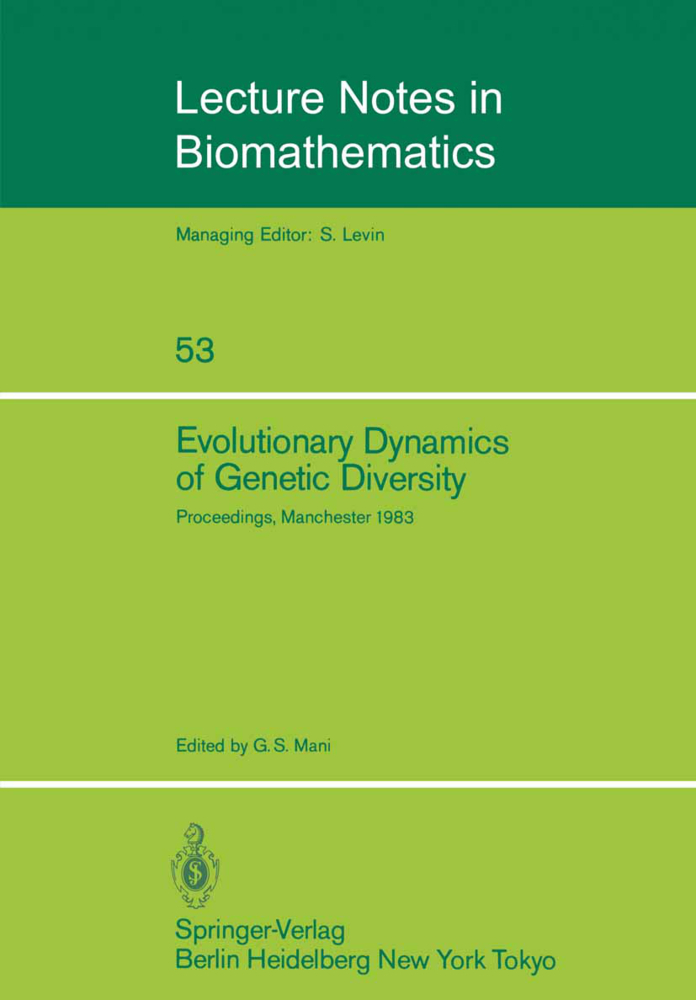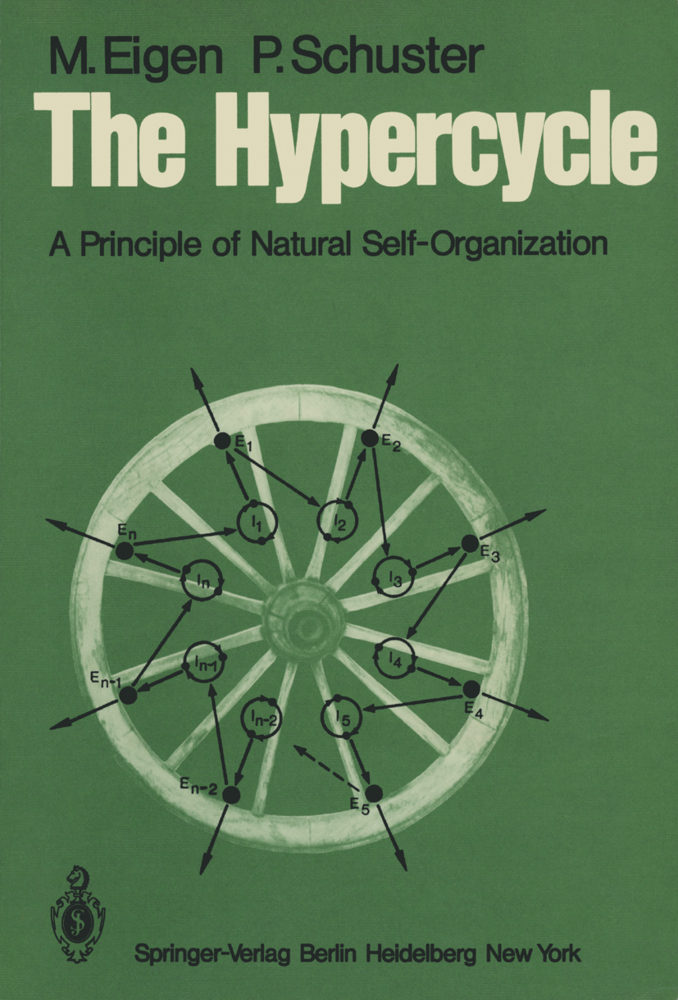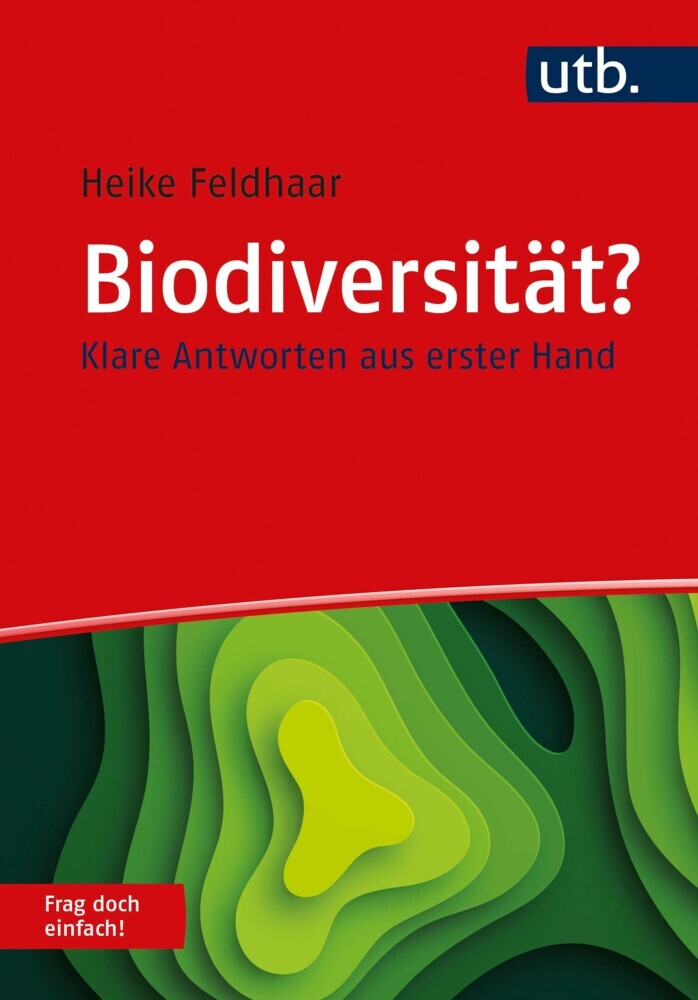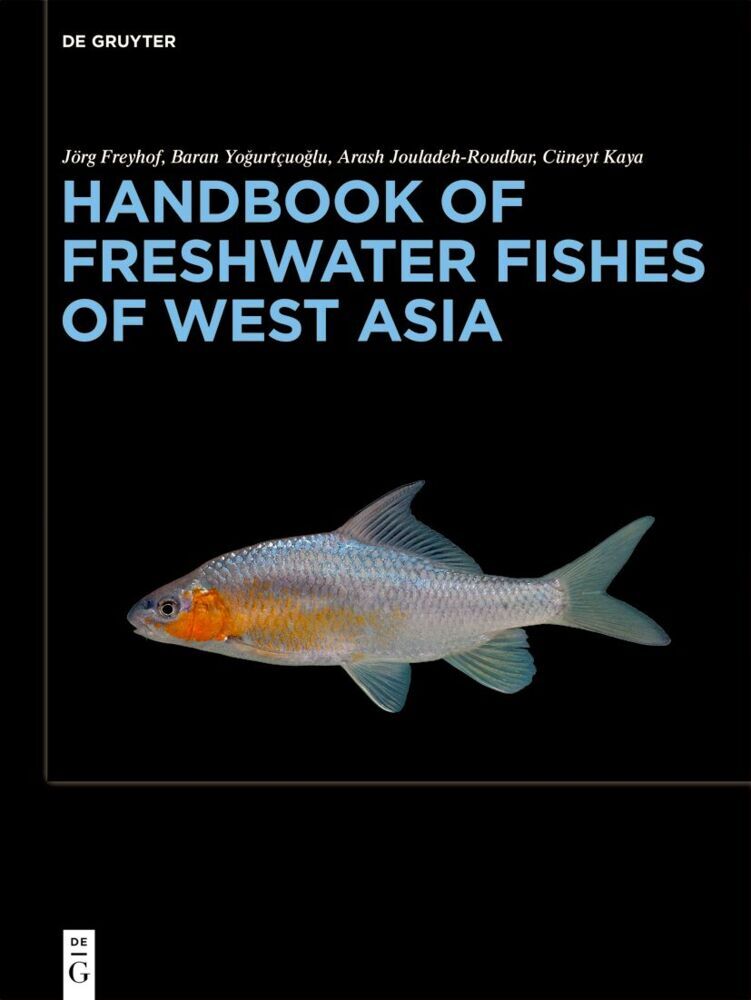The Biological Evolution of Religious Mind and Behavior
In a Darwinian world, religious behavior - just like other behaviors - is likely to have undergone a process of natural selection in which it was rewarded in the evolutionary currency of reproductive success. This book aims to provide a better understanding of the social scenarios in which selection pressure led to religious practices becoming an evolved human trait, i.e. an adaptive answer to the conditions of living and surviving that prevailed among our prehistoric ancestors. This aim is pursued by a team of expert authors from a range of disciplines. Their contributions examine the relevant physiological, emotional, cognitive and social processes. The resulting understanding of the functional interplay of these processes gives valuable insights into the biological roots and benefits of religion.
Wulf Schiefenhövel is professor for medical psychology and ethnomedicine at the University of Munich and head of the human ethology group at the Max-Planck-Institute in Andechs, Germany. His main research interests are human ethology and evolutionary medicine, within which he focuses on sexuality and reproduction, human birth behavior, early infancy, language and cognitive concepts as well as the genetic and oral history of Melanesian populations
Eckart Voland is professor for philosophy of life sciences at the University of Giessen, Germany. His main research interests are human sociobiology and behavioral ecology. In particular he is interested in the biological evolution of social and reproductive strategies in humans. Moreover, in pursuing the project of naturalizing the human mind and its achievements, he works on the philosophical implications of evolutionary anthropology as reflected in evolutionary ethics and aesthetics.
Wulf Schiefenhövel is professor for medical psychology and ethnomedicine at the University of Munich and head of the human ethology group at the Max-Planck-Institute in Andechs, Germany. His main research interests are human ethology and evolutionary medicine, within which he focuses on sexuality and reproduction, human birth behavior, early infancy, language and cognitive concepts as well as the genetic and oral history of Melanesian populations
Eckart Voland is professor for philosophy of life sciences at the University of Giessen, Germany. His main research interests are human sociobiology and behavioral ecology. In particular he is interested in the biological evolution of social and reproductive strategies in humans. Moreover, in pursuing the project of naturalizing the human mind and its achievements, he works on the philosophical implications of evolutionary anthropology as reflected in evolutionary ethics and aesthetics.
1;Preface;6 2;Contents;8 3;Contributors;10 4;1 Introduction;12 5;2 Evaluating the Evolutionary Status of Religiosity and Religiousness religiousness;19 5.1;2.1 Introduction;19 5.2;2.2 Is Religiosity an Adaptation or a Non-functional By-Product of the Human Mind?;20 5.2.1;2.2.1 Cognition;22 5.2.2;2.2.2 Spirituality;23 5.2.3;2.2.3 Bonding;24 5.2.4;2.2.4 Personal Identity;25 5.2.5;2.2.5 Communication;25 5.2.6;2.2.6 Morals;26 5.2.7;2.2.7 Again: Is Religiosity an Adaptation, or a Non-functional By-Product of the Human Mind?;27 5.3;2.3 If Religiosity Is an Evolutionary Adaptation adaptation;29 5.3.1;2.3.1 Then We Can Expect that Religiosity Is Present in the Minds of Essentially All People;29 5.3.2;2.3.2 Then We Can Expect Special Design in Ontogenetic Development of Religiousness religiousness;29 5.3.3;2.3.3 Then We Can Expect Genetics of Religiosity;30 5.4;2.4 Conclusion;31 5.5;References;32 6;3 Gods, Gains, and Genes;35 6.1;3.1 The Challenge;35 6.2;3.2 The Seven Main Characteristics of Religion and Religiosity;36 6.3;3.3 Explanations for Religiosity The Main Contenders;38 6.4;3.4 Conditions for Adaptivity;40 6.4.1;3.4.1 Universality;41 6.4.2;3.4.2 Reproductive Success;41 6.4.3;3.4.3 Heredity;42 6.4.4;3.4.4 Realization;42 6.4.5;3.4.5 Selective Advantage;44 6.5;3.5 Discussion;47 6.6;3.6 (The Need for) Philosophical Reflections;49 6.6.1;3.6.1 Ambivalent Implications;49 6.6.2;3.6.2 Three Sources of Faith and Their Criticisms;50 6.6.3;3.6.3 ''Useful'' Means Neither ''True'' Nor ''Good'';52 6.7;References;53 7;4 How Some Major Components of Religion Could Have Evolvedby Natural Selection?;60 7.1;4.1 Introduction;60 7.2;4.2 The Evolutionary Process of Natural Selection;62 7.3;4.3 Methodology;63 7.3.1;4.3.1 What to Study?;63 7.3.2;4.3.2 How to Study it?;64 7.3.3;4.3.3 Why Study Structural Design Features?;64 7.4;4.4 Are There Structural Design Features Embedded in Type I and Type II Religious Behavior?;65 7.4.1;4.4.1 Type I Religious Behavior;65 7.4.2;4.4.2 Type II Religious Behavior;66 7.5;4.5 Are There Structural Design Features Embedded in Religious Beliefs?;67 7.6;4.6 Are There Structural Design Features Embedded in Religious Values?;68 7.7;4.7 Are There Structural Design Features Embedded in Religious Moods and Feelings?;69 7.7.1;4.7.1 Moods in General;69 7.7.2;4.7.2 Feelings in General;69 7.7.3;4.7.3 Moods, Feelings, and Proximate Causality causality of Behavior;69 7.7.4;4.7.4 Moods, Feelings, and Phylogenetic and Cultural Adaptations;70 7.8;4.8 Evolution of Religion at the Level of the Individual;70 7.8.1;4.8.1 Through Phylogenetic or Cultural Adaptations;70 7.8.2;4.8.2 Through By-Products of Phylogenetic or Cultural Adaptations;71 7.9;4.9 Evolution of Religion at the Level of the Social In-Group;71 7.10;4.10 Conclusions;72 7.11;References;74 8;5 The Correlated History of Social Organization, Morality,and Religion;76 8.1;5.1 Introduction;76 8.2;5.2 A BottomUp Hierarchical Model of Human Social Evolution;77 8.3;5.3 Categorizing the History of Morality and Religion;78 8.4;5.4 An Eight-Stage Model for the Correlated History of Social Organization, Morality morality , and Religion;82 8.4.1;5.4.1 Nepotism and Dominance in Kin Groups (Premoral Sociality);82 8.4.2;5.4.2 Mutualism and Reciprocity in Nomadic Bands (Premoral Sociality);83 8.4.3;5.4.3 Persisting Rules in Hierarchical Bands (Parochial Morality morality , Prereligious Animism);85 8.4.4;5.4.4 Ancestor Worship (Parochial Morality and Religion);87 8.4.5;5.4.5 Fellow Citizens and Gods in Priest-Led Tribes (Parochial Morality morality and Religion);87 8.4.6;5.4.6 Favored or Chief Gods in Agricultural Societies (Parochial to Universalizing Morality morality and Religion);89 8.4.7;5.4.7 One World, One God, One Good (Universalizing Morality morality and Religion);90 8.4.8;5.4.8 Individual Exploration of Morality
Voland, Eckart
Schiefenhövel, Wulf
| ISBN | 9783642001284 |
|---|---|
| Artikelnummer | 9783642001284 |
| Medientyp | E-Book - PDF |
| Copyrightjahr | 2009 |
| Verlag | Springer-Verlag |
| Umfang | 308 Seiten |
| Sprache | Englisch |
| Kopierschutz | Digitales Wasserzeichen |

